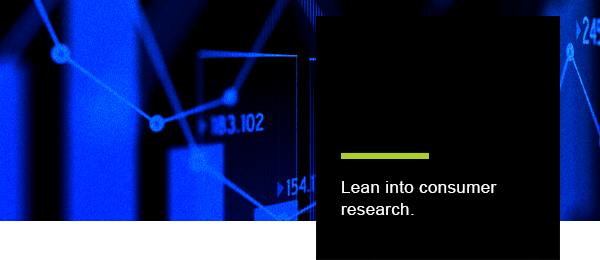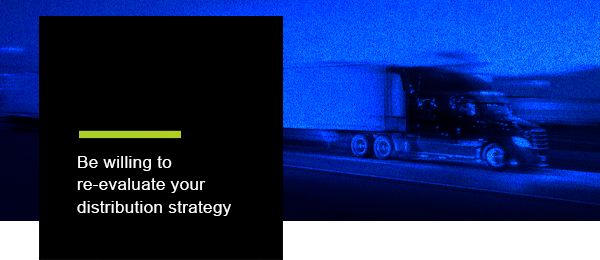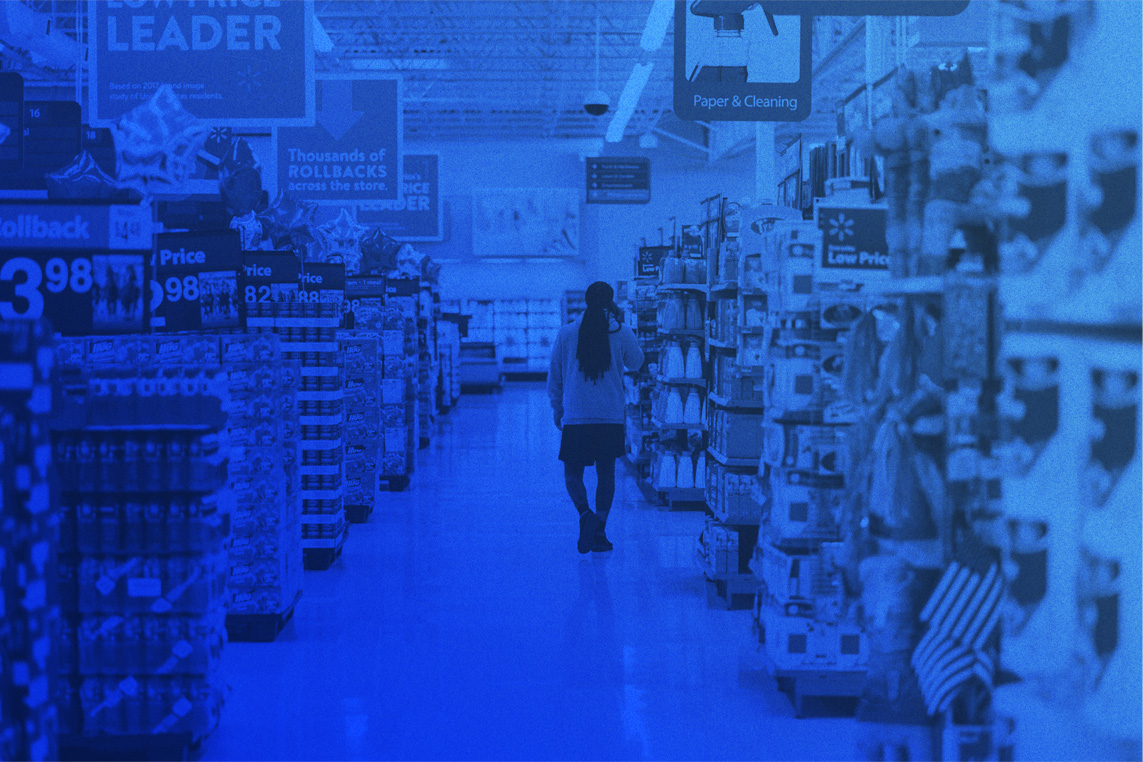How do you keep your business in growth mode when the economy is stagnating? That’s the billion dollar question we’re all wrestling with in the wake of the recent slump.
Positive comps are relatively rare right now, and home improvement categories are facing some specific challenges. New construction is down 8% in 2023, and a general slowdown in COVID-inspired home projects has required businesses in this space to get creative in their pursuit of growth.
So what do the brands that are succeeding in this tough economy have in common? Here’s what we’re noticing about companies that keep winning despite the headwinds.
1. They lean into understanding the consumer.
A down economy can make it easy to laser-focus on your businesses' pain points. When times are hard, however, it becomes especially important to get to know your audience’s point of view inside and out.
Timely consumer research is the best way to understand your prime prospect’s attitudes, values and fears — and how they are shaping their current relationship with your brand. Behavioral segmentation studies, focus groups and even your own POS data are valuable tools for identifying sources of friction in the buyer’s journey so you can better position your brand to win share when the chips are down.
2. They’re consistent with their marketing investment.
When inflation is up and budgets get tight, there’s always a temptation to make cuts to your business’ marketing budget. While this may create some short-term savings, history teaches us that this strategy tends to backfire in the long run.
At a time when your competition is likely pulling back on their marketing efforts, prioritize staying visible and accessible to your audience. Remember that the real payoff isn’t usually immediate — it’s about being top-of-mind on the day that a consumer decides to shop your category. That’s your time to capture and gain share.
3. They’re willing to re-evaluate their distribution strategy.
Distribution has changed dramatically in the last 3 years. The rise of 2-day shipping and BOPIS (buy online; pick up in-store) has consumers less willing to wait for delivery or limit their in-store shopping to traditional hours.
Think about the ways that your product availability may be causing friction for consumers. Many products that Pros used to rush to buy from trade-specific specialty stores before the doors lock at 5:00 are now available at big box retailers until 10pm and on weekends — don’t get left behind.
Consider whether you’re in a position to offer benefits like faster shipping, broader retail availability, or jobsite delivery. Building convenience into your distribution strategy can easily set you apart from the competition at the point of purchase.

4. They think beyond product.
When we hear the word “innovation,” it’s easy to think of “invention.” It’s important to keep in mind, however, that not all innovations involve new product development. In fact, if you already know that your existing product line is meeting your audience’s needs, you’ll probably achieve better returns from investing in how you sell rather than what you sell.
Look to your consumer data to identify opportunities. Maybe it’s bundling products, offering Pro-packs, or including a warranty or free delivery. Maybe you can look for new ways to manage relationships by partnering with unions or creating rewards programs. Ultimately, success will come down to understanding what matters most to your audience and giving them something new, even if it’s not a new product.
5. They become their merchant’s partners.
In the face of economic headwinds, make sure your merchant knows that you are invested in their program. While it’s important that your marketing efforts reflect this, it also comes down to relationships.
Be present at the regional level, walk your stores and take time to be a resource for the associates that sell your products at retail. At the end of the day, we’re all humans selling to other humans — if the people on the sales floor feel comfortable with your brand, they are much more likely to recommend it to shoppers in real-time.
Remember a down economy is a shared experience. Merchants, retailers, brands and consumers are all searching for ways to protect their investments. Cultivate trust-based relationships, and it’s possible to be a partner in growth even when times are tough.
Like what you're reading?



